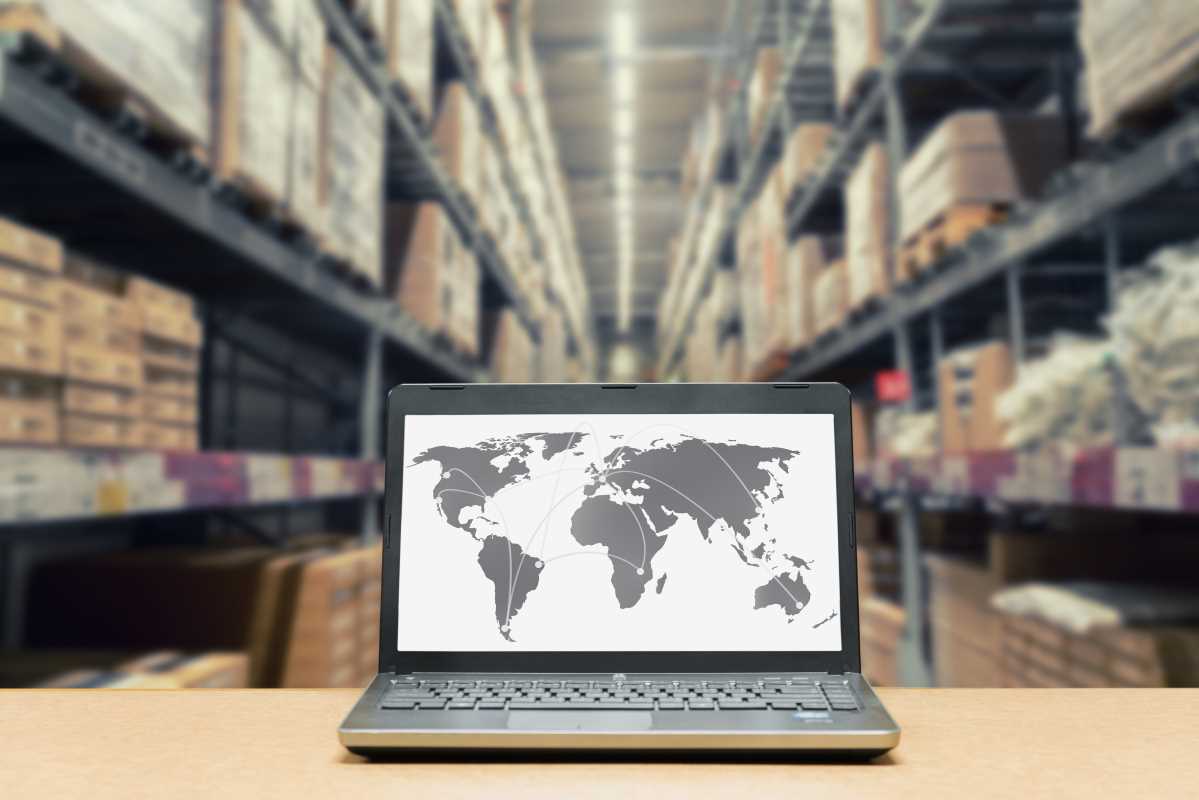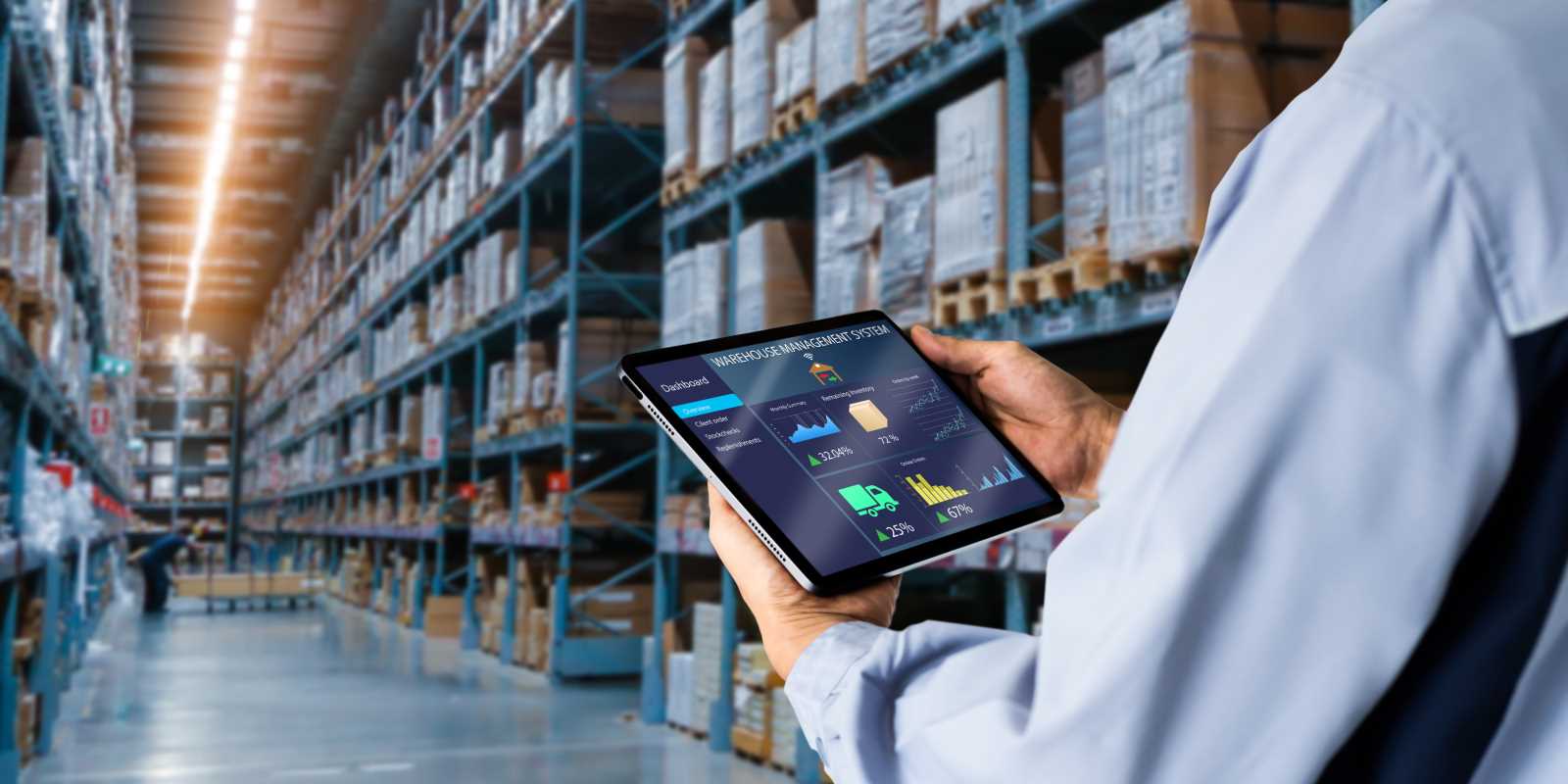Robotics automation and connected devices change warehouse operations by streamlining workflows and allowing greater flexibility. Companies see an opportunity to boost productivity and cut down on mistakes by using machines that transport goods alongside smart sensors that share information instantly. This mix of robotics and real-time data brings a new level of efficiency to warehouse management. Automated systems handle repetitive tasks, while connected devices track inventory and movement with accuracy, helping teams focus on more important work. By adopting these tools, warehouses experience faster order fulfillment, fewer manual errors, and an overall smoother daily routine.
Examining this topic provides an in-depth look at how machines and sensors work together to address the challenges that come with managing large inventories and complex logistics. Keeping everything synchronized can be tricky, but this guide simplifies it into manageable steps for an easier transition to a smarter system.
Understanding Robotics Automation in Warehousing
Robotics automation plays a key role in modern warehousing by deploying machines to complete repetitive and physically demanding tasks. Automated guided vehicles, robotic arms, and sorting systems handle heavy lifting, precise placement, and inventory transport regardless of volume. This automation reduces errors and boosts overall efficiency by performing tasks that would normally consume valuable human resources.
The benefits and common applications include:
- Faster processing of orders through round-the-clock operations.
- Improved safety by lowering the need for human workers in dangerous zones.
- Greater precision in picking and sorting items to reduce inventory discrepancies.
- Solutions that scale easily to adapt to fluctuations in order volume.
These points demonstrate that robotics automation not only streamlines routine tasks but also sets the foundation for more dynamic, responsive warehouse environments.
What Is IoT and How Is It Used in Warehouses?
The Internet of Things (IoT) connects various devices via the internet, enabling them to exchange information and collaborate smoothly. Sensors, cameras, and smart devices work together to monitor inventories, track shipments, and maintain optimal environmental conditions. This network of connected tools provides real-time insights into warehouse operations, helping managers make informed decisions quickly.
The use of IoT transforms warehouses into smart systems where each device reports its status and location. For instance, sensors can alert staff when products need restocking or when equipment requires maintenance, ensuring operations run smoothly without unexpected interruptions. Connecting devices in this way offers a streamlined approach to managing complex processes.
Steps to Combine Robotics Automation with IoT Effectively
Start by analyzing the current layout and identifying areas to improve within the warehouse. Once you map out the workflow, determine which tasks benefit most from automation and where sensors can best monitor the environment. This setup not only boosts operational efficiency but also makes troubleshooting easier when problems occur.
Follow this numbered guide to effectively connect both systems:
- Evaluate the structural layout and specify key areas where robotics can support physical tasks.
- Install devices and sensors that continuously check inventory levels and operational conditions.
- Link your sensors to a central system where data flows in real time. This includes connecting the IoT network to ensure smooth communication among devices.
- Use software that manages and coordinates interactions between robots and sensors.
- Test smaller sections to troubleshoot and refine interactions between robotic devices and sensor data.
- Train staff on the new system and establish protocols for maintaining the network.
Implementing these steps creates a system where machines consistently communicate and adjust operations, resulting in a cohesive and efficient warehouse setup.
Main Challenges and How to Address Them
Combining two advanced technologies into a single efficient system presents some challenges. One challenge involves ensuring that all devices and sensors communicate in the same language, meaning that compatibility between different hardware and software systems must be checked before full deployment. Another challenge is protecting data security, as an interconnected system can be more vulnerable to breaches if not properly secured.
Addressing these challenges begins with selecting standards that enable smooth communication between different systems. Regular updates and strict security measures help safeguard your network. Providing comprehensive training for technical staff prepares them to manage and troubleshoot issues as they arise, minimizing downtime and keeping productivity high.
Future Trends in Smart Warehouse Management
In the coming years, expect to see even stronger integration of robotics and connected devices in warehouse settings. As technology advances, the focus will shift toward increased automation and intelligent problem-solving that reduces waste and increases speed. Improvements in sensor accuracy and the development of more intuitive robotics systems aim to create environments where human involvement is minimized without losing oversight.
These developments also point toward predictive maintenance models and fully automated supply chains. Data analysis tools and machine learning algorithms will work closely with robotics to identify trends quickly and suggest improvements. This trend not only promotes smoother operations but also opens the door to entirely new ways of managing inventory and logistics.
This guide demonstrates that combining robotics automation with smart, connected devices offers a clear path to better warehouse management. By clarifying essential steps, addressing common challenges, and anticipating future developments, businesses can adopt smarter, more efficient operations confidently.
Physical automation and digital connectivity enhance supply chain responsiveness and drive future technological advancements.







